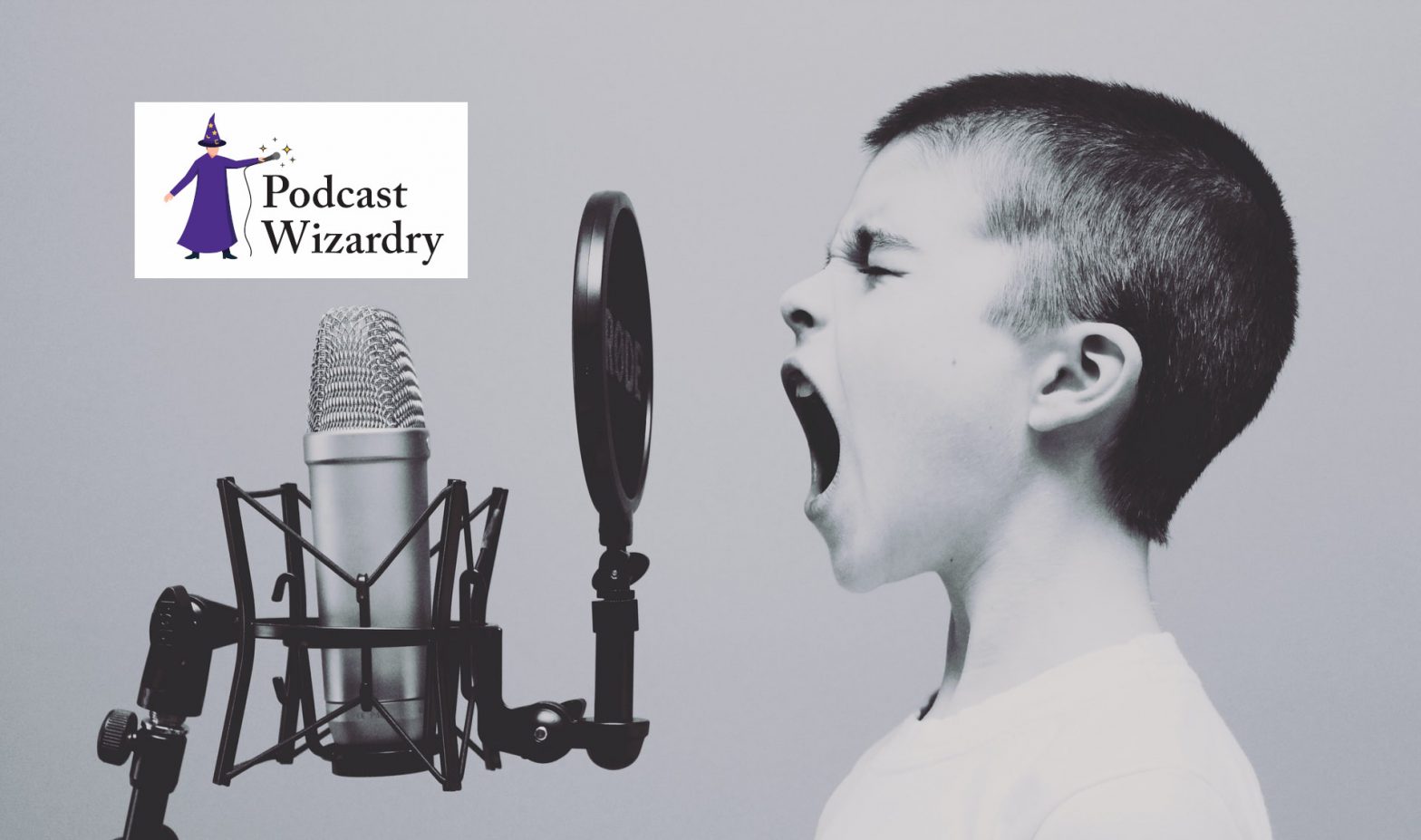The best ways to ensure you end up with a solid-sounding podcast is to take care of a few things BEFORE you start recording.
Thanks to COVID-19, you are probably doing all your recording remotely, via the internet. There are generally two ways to make a recording:
- Use a service such as Zoom or Cleanfeed to capture all your voice-tracks collectively. Or,
- Get each participant to record their track independently on their own device (using something like Audacity) and collect all recorded sound files on some cloud-sharing system where your editor can grab them.
Both are totally acceptable methods of production. Each of these methods require your participants and guests to have some kind of recording setup on their end. Let’s talk about that for a minute:
Gear
Microphone
It helps if all your regular participants get a good quality microphone for their own setup. You don’t have to spend a lot of money to get decent equipment. Some people get expensive studio quality mics that feed into some kind of audio interface before going into a digital recording device. Depending on who you are you could arguably get away with recording directly into your computer using a USB microphone. I’ve seen decent USB microphones with pop-screens online for roughly $50.
It would seem a little unrealistic to require a one-time guest on your podcast to have a decent microphone and a digital recorder. If they do, BONUS! But if they don’t, letting them record via their laptop microphone isn’t going to break your production efforts.
While You’re At It
Go over the basics of microphone technique with your crew. Everyone should know how to eliminate plosives, how to position a microphone, and we should all strive to minimize vocal crutches.
Headphones
Whatever your microphone choice is, EVERYONE should have headphones on during recording. This is non-negotiable. This will virtually eliminate room echoes and feedback. Plus, you can monitor your volume levels and hear extra sounds your mic is picking up. You and all of your regular participants should have some good, over-the-ear headphones.

Similar to microphones, you can spend a lot of money on headphones, and you probably don’t need to. If you’re a pro, we could talk about things like frequency response, sound-isolation, and finer technical details. But for the general podcaster, I would simply suggest you find something that that sounds clear and is comfortable to wear.
Your one-time guests could probably get away with using earbuds or something similar, but they should still absolutely use them.
Recording Device
Services such as Zoom or Cleanfeed (or Zencastr or whatever) eliminate the need for standalone digital recording devices. This is why I’m going to save any opining on digital recording devices for another day.
Don’t let anyone shame you for recording directly into Audacity. That’s what it is for. Use it well.
Surroundings
Here’s where the biggest opportunity lies for getting things to sound right before you even hit “go” on the recorder. We’ve already mentioned mic technique and headphones. That’s half the “before you record” equation. The other half: You don’t really have to sound-proof your room, but every member of your podcasting crew should prep their surroundings to minimize background noise, including room echo. (I can always tell when someone is recording in a room with hardwood floors.).
Ask your co-hosts and guests to turn off anything that makes background noise: silence your phones, turn off all music & tv, turn off the dishwasher, fix that squeaky chair, don’t tap on your keyboard, and tell the kids what’s going on. You might also put a DO NOT DISTURB sign on the door.
While You’re At It:
Record in a carpeted room, and cover all hard-reflective surfaces (like glass windows and your wooden table-top) with something soft like a blanket, comforter, or even a moving pad. There is good reason that some people record from within their closets.
Before You Start Recording
The best thing you can do is try to get the sound as close to what you want as possible even before you hit “record.”
Producing a podcast involves a number of moving parts and coordination of resources. If you’re thinking about podcasting but aren’t sure where to start, we can help. Please send us a message so we can put together the right production for your purposes. Together, we’ll make sure your story sounds good (quality), and is easy to understand (resonates with your audience).

